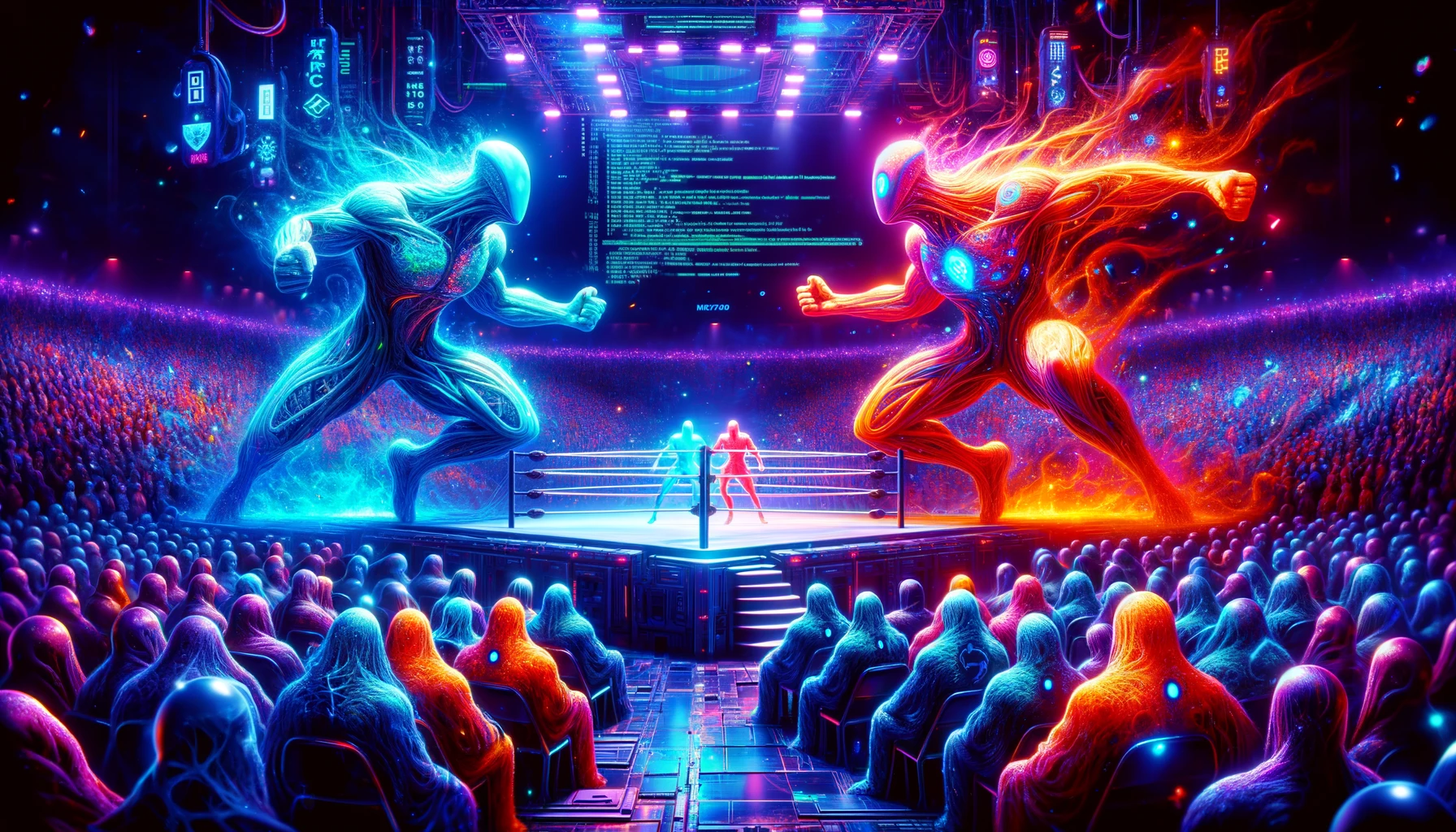- Developers introduce DN404, a new token standard designed to improve upon the ERC-404 by allowing seamless fractionalization and trading of NFTs without intermediaries.
- DN404 claims to offer full compliance with existing protocols “out of the box,” using a dual-contract approach that automatically mints and burns mirrored NFTs with ERC-20 token transactions.
- Despite its innovative approach, DN404’s creators caution that the code is unaudited, posing risks to users, amidst discussions on potential vulnerabilities in the competing ERC-404 standard.
DN404, another experimental hybrid token and NFT standard, was launched by a group of developers who claim they’ve fixed the inefficiencies of ERC-404.
Only a week after the launch of ERC-404 — an unofficial Ethereum standard created to blend the functions of fungible and nonfungible tokens (NFTs) — another team of developers claims to have done it better with DN404.
The “Divisible NFT” standard, like its ERC-404 rival, “aims to be a hybrid ERC-20/721 token.” The proposed standard essentially allows NFT holders to trade fractionalized portions of their NFT with others, according to pseudonymous developer “cygaar” in a Feb. 12 X post.
“Our end goal was to create a token standard that could act as an NFT with native fractionalization built in,” cygaar added. They claimed while ERC-404 has been popular, “it doesn’t follow existing standards, is inefficient, and breaks at certain edge cases.
While ERC-404 can interact with ERC-20 tokens and ERC-721 NFT contracts, it still requires protocols to implement ERC-404 to ensure its tokens function as designed.
Cygaar, however, explained that DN404’s approach uses two contacts: “A ‘base’ ERC-20 with a ‘mirror’ ERC-721” and claims they’re “fully compliant” with protocols “out of the box.”
This is because the bulk of trading happens on the ERC-20 token contract — described as “fractions of the NFTs,” explained Cygaar. When base ERC-20 tokens are transferred, the mirrored NFTs are burned and minted automatically.
A wallet with a token amount equal to at least one base unit will receive an NFT on the mirrored contract, and NFTs are conversely burned when the wallet holds below the minimum base unit amount.
Cygaar said the ultimate goal was to allow users to trade portions of NFTs without any intermediaries and allow NFTs to trade on both NFT exchanges and decentralized exchanges.
The developer, however, warned that the code “has not been formally audited, so you are using it at your own risk.”
ERC-404’s safety questioned
Last week, one of DN404’s developers, known by the pseudonym “quit,” claimed there was a possible ERC-404 vulnerability, which could see ERC-404 tokenholders steal NFTs deposited into lending protocols incorrectly configured for ERC-404.
ERC-404 developer known as “ctrl” brushed off the concerns when speaking to Cointelegraph last week and argued that “quit” made a contract that improperly uses the standard, causing a vulnerability.
He said Pandora, the project impending ERC-404, was auditing a “more mature iteration of the standard which addresses integration.”
See source article HERE

